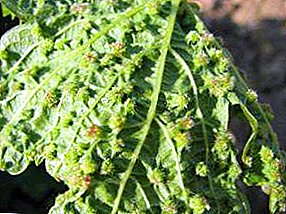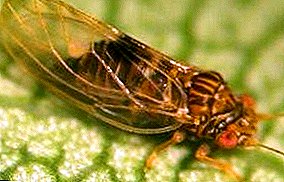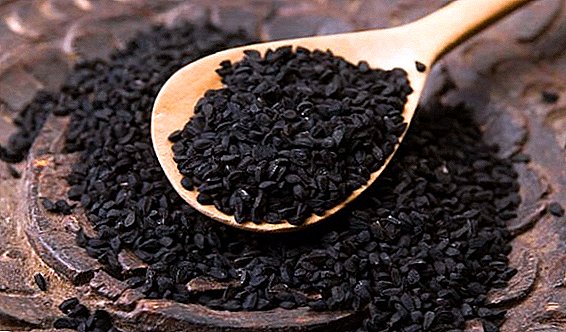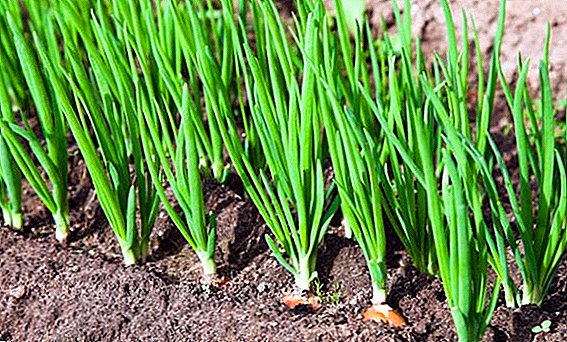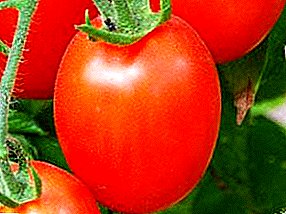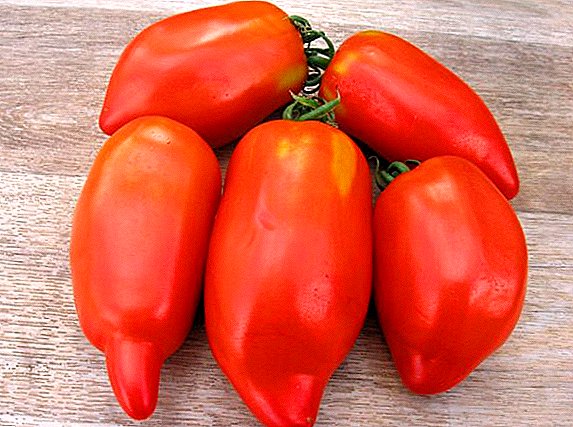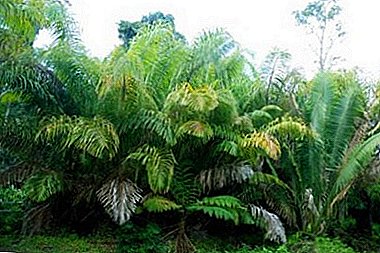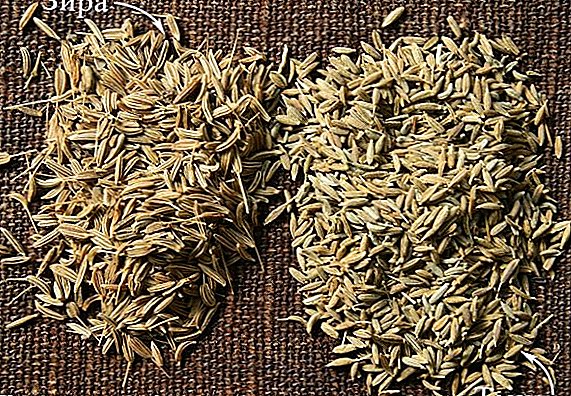 Cumin and zira look very similar. In the Middle Ages, one plant was often confused with another, despite some differences.
Cumin and zira look very similar. In the Middle Ages, one plant was often confused with another, despite some differences.
Even now, among other names of these plants is the same - Kmin. We learn how they differ from each other, what benefits they bring.
Description and characteristics of cumin and cumin
Cumin and zira are the same plant family - Umbrella. They are similar in appearance and seeds, but there is a difference. Common cumin, also called field anise (wild), cmin, timon, kimin, goats, ganus, belongs to the genus Cmin, numbering 30 species. As a spice used only this kind.
This is a biennial plant. Its upright stem with alternate leaves similar to carrot leaves grows about 30-80 cm long.

Rod root, spindly. The plant blooms with an umbrella inflorescence with small light (white or pink) flowers in the first half of summer, and the seeds ripen in August. They are an elongated brown visoplod, which splits into a pair of curved semi-fetuses. The fruit is approximately 3 mm long and 2.5 mm wide.

Did you know? Cumin is cultivated almost all over the world. The export of this spice is leading the Netherlands.
Zira, which has the names of ZER, Roman cumin, cmin, azhgon, cumin, cammun, belongs to the genus Cmin. This is a one or two year old grass. It grows 20-60 cm and has thin, 2-3 times dissected leaves, which are arranged on the stem alternately.
Small flowers on a double umbrella can be white, yellow or red. They have wrappers or wrappers. Float with a length of 6 mm and a width of 1.5 mm.
There are two types of zira:
- Kirmanskaya. She has fruits of black color and smaller, sharply spicy.

- Persian. It has a lighter, yellowish color and strong aroma. The most common and popular variety, very similar to cumin.
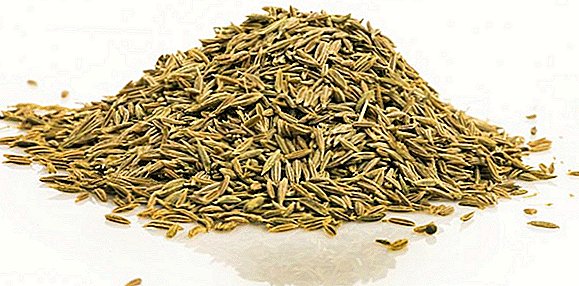
As you see, cumin and cumin are not the same thing, and there is no reason to consider them as one plant or the same seasoning.
The main differences between cumin and zira
Caraway seeds and cumin have their own characteristics, in which they differ from each other.
Learn also how to distinguish cumin from thyme.
Origin
Cumin ordinary grows mainly in Europe and in the temperate zone of Asia. This herb is often used in European cuisine. She can be found in our country on the edges of sparse forests and as a weed in housing. 
Zira is of Central Asian origin and is popular in Asia, Latin America, the Mediterranean Sea and in the north of the African continent. In these places it is cultivated as a spice and is often used in local dishes. Europeans prefer to grow cumin in their gardens.

Growing conditions
Cumin ordinary grown as a two-year culture. In the first year, it forms an outlet, and in the second year it forms a stem and blooms, you can collect seeds. The plant winters easily. Seeds can be sown in early spring or winter.
Zira is more thermophilic, and it is grown as an annual culture. It blooms and gives seeds in the first year. It is sown under film in mid-April or on open beds (mid-May).
Important! Zira will grow well in hot summer conditions, when daytime temperatures are at + 30 ° C for at least 3 months.
Differences in taste and smell
Cumin ordinary has a sharp taste with hints of citrus and a spicy aroma. This is the most used spice for baking bread. It is often put in fatty meat, used for salting and pickling vegetables, in sausages, in the manufacture of beer and kvass, insist on vodka.
Zira is the most popular seasoning for pilaf. It is placed in fish and meat dishes, vegetables and legumes, in pastries and desserts. It has a sharp spicy smell and a slightly nutty taste. Before using it is recommended to fry in a dry frying pan or on oil with onions for full disclosure of taste and aroma. Over time, the zira (especially in the form of a hammer) begins to taste bitter.

Appearance
If you show the fruits of cumin and zira to an uninformed person, it will be difficult for him to understand that there are two different seasonings before him. Outwardly, these seeds are very similar, and they are visually difficult to distinguish from each other, therefore, it is recommended to taste. Seeds are slightly larger and have a lighter shade.
Did you know? In India, there is a small town called Zira. The same name is the village in Azerbaijan.
Useful properties of spices
Many qualities of caraway and jeera are similar, therefore they are also used to treat the same diseases.
Cumin
In 100 g of caraway seeds 333 kcal. The spice is rich in vitamins (C, E, PP and group B), contains minerals (iron, calcium, magnesium, phosphorus, potassium, zinc and sodium). It has antibacterial, diuretic, choleretic, lactogonic and anti-inflammatory properties.

Caraway fruits are used in the following cases:
- Used in diseases of the bladder and kidneys, as well as the urinary tract.
- Applied to the treatment of the prostate and the prevention of certain diseases of the genital sphere in men and women.
- Well help with sleep problems, as well as increased irritability.
- A decoction of spice seeds is used in the last stages of pregnancy to prepare the uterus for the generic process. In addition, it promotes milk production during lactation.
- Helps to improve the condition of menstruation and menopause.
- Tea from them helps to remove excess mucus, which is very useful for allergies, colds and infectious diseases. It helps with cough and bronchitis.
- They have antitumor effects, as it reduces the level of cancer cells in the body.
- Positively affect digestion and help with constipation. Cumin with turmeric and pepper normalizes intestinal function.
- Seeds and oil are used to solve the problem of hair loss, as well as in some skin diseases - acne, fungus, acne.
- Spice seeds normalize metabolic processes, so they are used in many diets for weight loss.
- It helps with flatulence in adults and colic in children.
- It has a choleretic effect and is included in hepatic fees.
Did you know? Cumin was used 8,000 years ago. During archaeological excavations of the Neolithic and Mesolithic period, the seeds of this seasoning were discovered.
Zira
100 g of seeds of spirits 375 kcal. This seasoning also contains vitamins C, E, K, PP and group B, carotene, as well as mineral elements (zinc, copper, iron, phosphorus, sodium, potassium, calcium, magnesium). The Greeks and now make tea with this seasoning, which has a positive effect on the well-being of children.

Zira has the following positive effects:
- Tones the body and is an aphrodisiac.
- It activates mental work, strengthens memory and vision.
- Beneficial effect on digestion. Helps with excessive gas and colic.
- Improves metabolic processes.
- Due to its diuretic properties it helps to eliminate excess fluid and harmful substances.
- Stimulates milk rush in lactating mothers.
- Well helps with neurological disorders - amnesia, poor sleep.
- It has an antiseptic effect, helps with tumor formations.
- Spice is used for various skin diseases - acne, acne.
- Zira relieves pain, clears the respiratory tract, so it is good to use it for bronchitis and pneumonia.
- It helps against nausea, including expecting a baby women in the first trimester.
Contraindications
Zira and cumin are not shown in such cases:
- allergy;
- exacerbation of gastrointestinal diseases, pancreatitis;
- moving large stones in the kidney or gall bladder.
Important! Cumin and cumin are not recommended to use too actively during pregnancy. They can cause premature labor or miscarriage.Cumin and zira belong to different genera of plants from the umbrella family. They are similar to each other, but no more. The difference mainly relates to the taste of the seeds.




